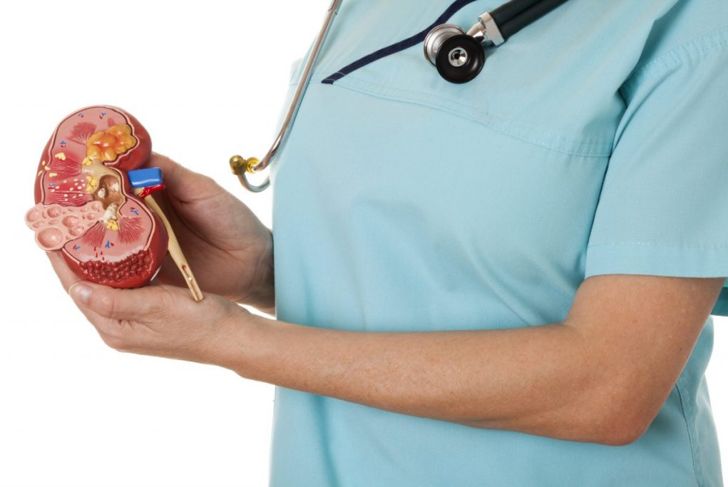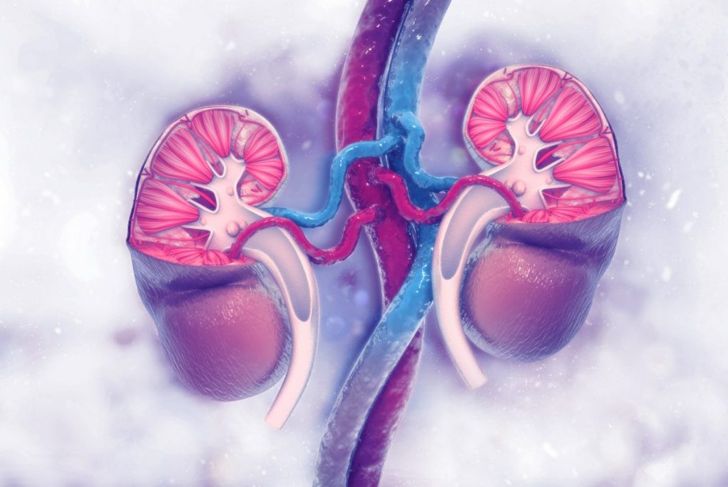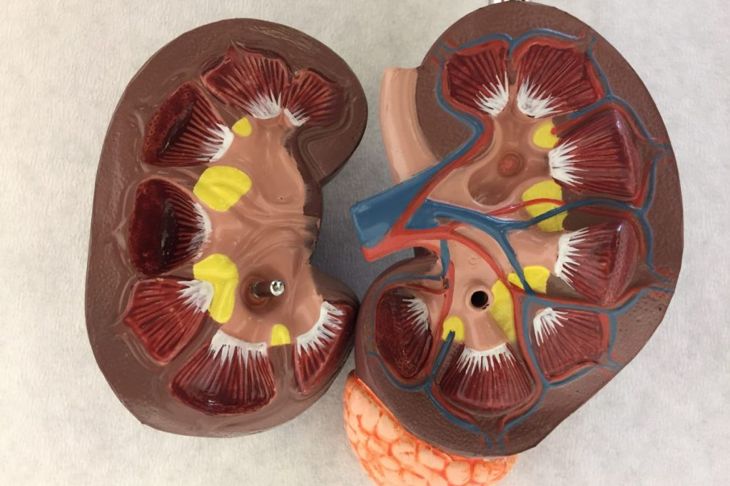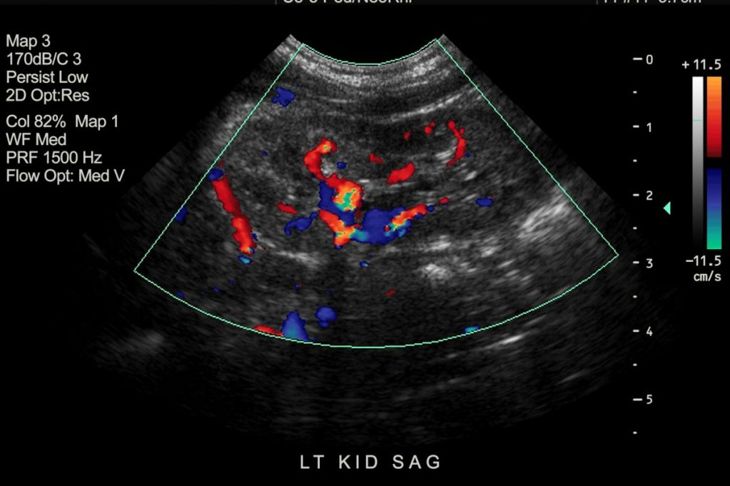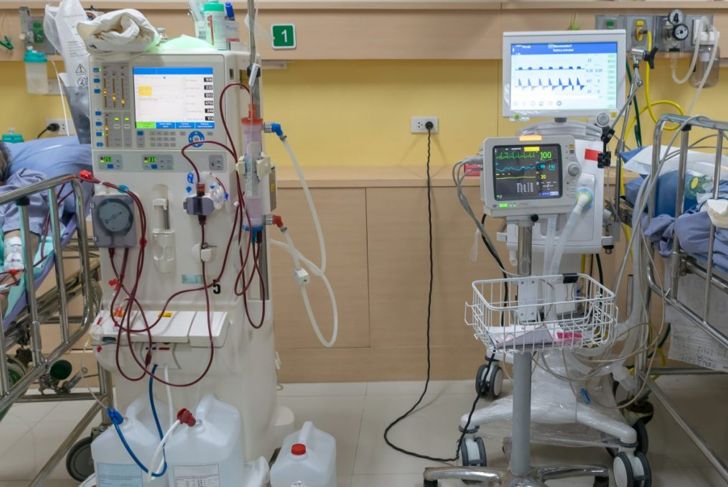Vesicoureteral reflux or VUR occurs in the urinary tract. The kidneys produce urine, which should flow down from the kidneys, through the ureters, into the bladder. VUR alters the urinary tract, however, causing urine to flow backward. This urine backup or reflux travels up through the ureters into the kidneys.
Risk Factors for Vesicoureteral Reflux
Approximately one to three percent of infants and children have VUR, but the conditoin could be more common than statistics show, as some mild cases of VUR have no symptoms. VUR occurs more often among Caucasian children than African-Americans. Roughly 25% of children with siblings or parents diagnosed with VUR also have the condition. Girls are more likely to develop VUR overall, but boys have an increased likelihood of VUR during infancy. This is because baby boys urinate in a way that puts pressure on the entire urinary tract.
Primary VUR
Most children with vesicoureteral reflux have primary VUR. Primary VUR results from urinary tract abnormalities present at birth, which may include posterior urethral valve defects, ureterocele, and ureter duplication. Spina bifida and other neural tube defects sometimes cause abnormalities that result in primary VUR.Valves between the bladder and ureters on both sides of the body prevent urine backflow into the kidneys. Defects in those valves prevent full closure, which compromises the barrier meant to prevent urine backflow. Unilateral reflux is the medical term for VUR when only one valve and ureter are compromised.
Secondary VUR
Secondary vesicoureteral reflux results from a structural malfunction in the urinary tract or nerve problems that prevent the bladder from relaxing and contracting. Most children with secondary VUR have bilateral reflux that affects the ureters and kidneys on both sides of the body. Structural malfunctions often cause blockages in the urethra or neck of the bladder that stop urine from flowing down and out of the body, leading it to back up into the kidneys instead. Secondary VUR can also develop from excessive pressure inside the bladder. Abnormal urinating habits, especially holding urine for long periods, contribute to secondary VUR.
Symptoms
Urinary tract infections, or UTIs, in young children often indicate VUR because UTIs are uncommon in children younger than five. Symptoms include fever, pain or burning during urination, frequent urination and urgency, pain in the lower belly or side, vomiting, and foul-smelling urine. Children may experience dribbling during the day or wetting the bed. Other symptoms of VUR include a palpable abdominal mass from swollen kidneys, poor weight gain, and high blood pressure.
VUR Grade
Doctors grade VUR on a scale of 1 through 5. Grade 1 reflux only reaches the ureter, and grade 2 reflux reaches the ureter and renal pelvis, where the ureter meets the kidney, without swelling. Grade 3 reflux reaches the ureter and renal pelvis with mild swelling, while grade 4 reflux progresses to moderate swelling. Finally, grade 5 reflux causes severe hydronephrosis, or swelling in the kidney, and twists the ureter out of its original shape and position.
Kidney Damage
Untreated, reflux grades 4 and 5 often cause kidney damage and scar tissue or renal scarring. Doctors sometimes consider surgery shortly after diagnosis if children already have renal scarring or a history of multiple urinary tract infections. Kidney infections must be addressed immediately to prevent permanent damage. Symptoms of kidney infection include a high fever, moderate to severe pain in the abdomen and lower back, nausea and vomiting, a general feeling of discomfort or exhaustion, and sharp pain or intense burning during urination.
Diagnosis
Doctors considering a VUR diagnosis assess their patients’ family medical history of VUR, age, gender, symptoms, and sexual history. Sometimes, VUR is suspected before birth, when hydronephrosis or stretching of the kidney appears on an ultrasound. Doctors confirm and grade VUR diagnoses with imaging tests. A voiding cystourethrogram or VCUG takes x-ray images of the urinary tract. Medical staff use a catheter to drain urine from the bladder, then fill the bladder with liquid dye. VCUG captures images throughout the emptying and filling process to observe liquids moving through the urinary tract. An abdominal or renal ultrasound lets doctors evaluate the size and shape of the kidney and detect masses, cysts, kidney stones, scarring, and other structural abnormalities.
Treatment
VUR graded 1 through 3 usually resolves itself within five years of diagnosis. Children with frequent UTIs and fevers may need prophylactic antibiotics and regularly scheduled urine tests. Preventative therapy uses the lowest possible dose of antibiotics necessary to stop bacterial infections before UTIs develop, thus posing little risk to children and avoiding interference with immunity to illness or infection. Preventative therapy protects the kidneys from infection and scar tissue to avoid long-term damage.
Surgery
VUR with grade 4 and 5 reflux may require surgery. The surgeon inserts a flap-valve in the ureter to replace defective valves. Surgical removal of the kidney and ureter is an option for severe cases, when reflux has caused scarring or distortion. Open surgery has a 95 to 97% success rate. It is performed through a small incision in the lower abdomen and repairs the bladder and ureters to prevent reflux. Laparoscopic surgery with robotic assistance works through three small incisions to repair damage and usually leads to shorter recovery times.
Prevention
Preventing VUR or urinary tract infections is not always possible, but some lifestyle habits increase comfort and minimize infections or reflux. Drinking plenty of fluids will dilute urine and flush out bacteria, and warm blankets or a hot water bottle can reduce pressure and pain in the abdomen. Parents with children who have VUR should ensure they learn healthy toileting habits such as emptying the bladder every two hours and wiping front to back to reduce bladder and bowel dysfunction.

 Home
Home Health
Health Diet & Nutrition
Diet & Nutrition Living Well
Living Well More
More
